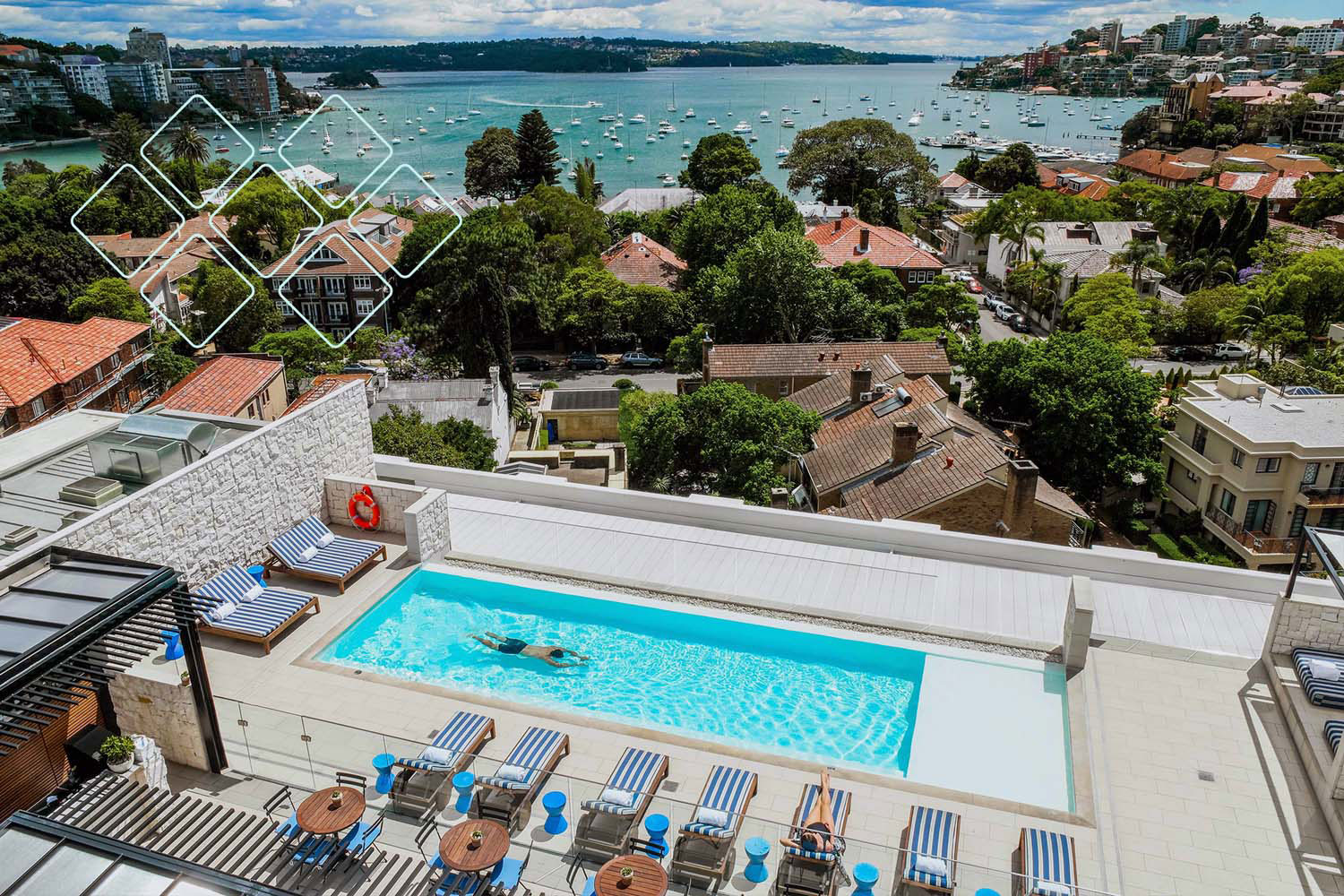InterContinental Double Bay Sydney
ample
The project at InterContinental Double Bay is the first-of-its-kind in the world. It optimises existing air-conditioning chillers automatically, in real-time to decrease the carbon footprint of the building. This was achieved by shifting HVAC usage to match the availability of renewables, providing absolute savings averaging 3,000 kg CO2e per month, a 17% reduction on CO2 footprint of air-conditioning load.
ample’s software solution creates predictions on the availability of renewables and the building’s HVAC electricity requirements. It does this by applying Machine Learning (ML) techniques to real-time data from AEMO, and sensors located in the building. Large amounts of historical data and advanced ML techniques are combined with expertise in energy market dynamics and building management to create a finely tuned carbon reduction strategy.
Using automation to decrease operational carbon footprint is a powerful tool in the transition to net-zero. There are thousands of buildings across Australia with the required functionality already in their BMS systems to allow for real-time monitoring and automation. Retrofit smart building projects, such as this one, display the possibility for reduction in carbon footprint through the smart operations of existing assets and without high-capital cost investments.
Over a quarter of electricity in Australia is used for refrigeration and air-conditioning, with around 30% of this from the commercial sector. Thus, commercial chiller units can be instrumental in the transition to net-zero.



